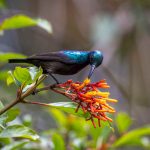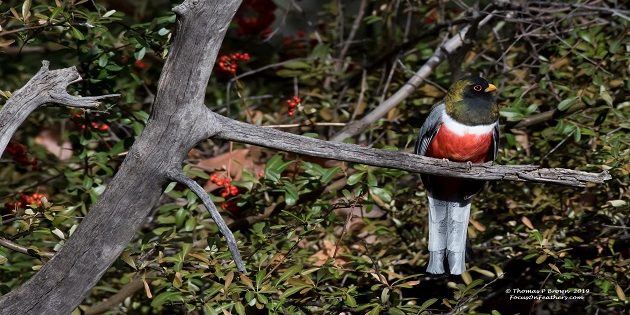The Core Team traveled to the Outer Banks of North Carolina in August 2004 for a family vacation. The Outer Banks are a long way from New York City, so we decided to make our approach in two stages. Our first leg took us to the home of Sara’s Uncle Ed and Aunt Belle on Virginia’s coast. This visit was not nearly as productive as our last to the Delmarva Peninsula as far as birding goes, for a number of very good reasons. The first had to do with the portentous aspect of the date. Our Friday the 13th journey began with us packing the car in a freak deluge and ended with a capsized boat.
Allow me to clarify…we were not, thankfully, in the boat when it capsized. Rather, when we arrived at Ed and Belle’s, we were greeted with a note inviting us to make ourselves comfortable as our hosts were dealing with a mishap on their dock. By the time I got down there, poor Ed was up to his waist in the water, trying in vain to shift the upside-down orientation of his boat. A little extra muscle, all I really have to offer, was enough to tip the balance, however, and Ed, Belle, and I managed to right the vessel and bail it out. The actual work was kind of fun, but the process took about two hours, which was one hour and fifty nine minutes more than the mosquitoes needed to find me. This was when I first learned that August is the unkindest month of all, at least as far as the blood-sucking insects of the Atlantic coast are concerned. One of the themes of our trip was that mosquitoes, gnats, and flies found me utterly irresistible. This impeded our birding quite a bit.
Speaking of birding, the journey began with usual species. Turkey Vulture and Red-tailed Hawk bore witness to our passage. European Starling, House Sparrow, Canada Goose, Rock Pigeon, and Mourning Dove followed us everywhere we went and most days, we spotted Northern Cardinal, Northern Mockingbird, and Gray Catbird. That being said, different species were apparent from the road as we ventured south. The ever-present flocks of white headed gulls, mostly Herring and Ring-billed Gull, were replaced by bunches of their black headed cousin, the Laughing Gull. Of course, long-legged waders are also eminently abundant, so we spotted plenty of Great Egret and Great Blue Heron.
Our work on the boat took us to dusk, so we put birding aside for the day to consider our options against the approach of Hurricane Charley…













Leave a Comment